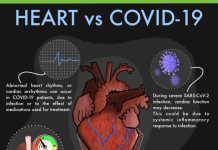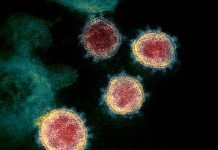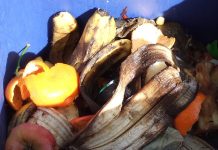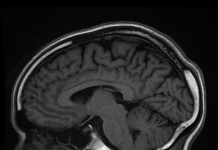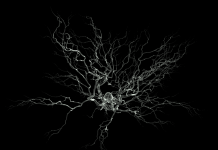Researchers have discovered that some male blue-lined octopuses have evolved a novel defence mechanism to avoid being cannibalised by the hungry females during reproduction. At the start of copulation, male blue-ringed octopuses make high-precision bites to inject a dose of paralysing tetrodotoxin (TTX) into their female mate’s aorta on the back of her head. This render females immobile so that males mate successfully and also avoid being eaten by their partners.
The blue-lined octopuses Hapalochlaena fasciata are native to the Pacific Ocean off eastern Australia. They are tiny cephalopod measuring about six inches. They use neurotoxin tetrodotoxin (TTX) in its posterior salivary glands (PSG) to protect themselves from predators as well as to immobilize large prey. The iridescent blue rings on their arms warn approaching predators while the TTX-laden saliva immobilizes preys when bitten.
Hapalochlaena fasciata display sexual dimorphism. The egg-bearing females are larger, about twice the size of males. When the female lay eggs, they spend about six weeks of prolonged maternal care brooding the eggs without feeding. Due to increased appetite, females often eat their male partners after copulation. The male blue-lined octopuses are thus vulnerable to sexual cannibalism, a phenomenon commonly seen in cephalopods.
Researchers have discovered that some male blue-lined octopuses have evolved a novel defence mechanism to avoid being cannibalised by the hungry females during reproduction. At the start of copulation, male blue-ringed octopuses make high-precision bites to inject a dose of paralysing tetrodotoxin (TTX) into their female mate’s aorta on the back of her head. This render females immobile so that males mate successfully and avoid being eaten by their partners.
Interestingly, the researchers also found that the males have much larger tetrodotoxin (TTX) producing posterior salivary glands (PSG) than the females. This difference is perhaps associated with the reproductive defence mechanism of males.
This is a classic instance of co-evolution in two sexes of blue-lined octopuses where paralysing tetrodotoxin (TTX) in males counteracts cannibalizing large females.
***
References:
- Chung, Wen-Sung et al. Blue-lined octopus Hapalochlaena fasciata males envenomate females to facilitate copulation. Current Biology, Volume 35, Issue 5, R169 – R170. Published 10 March 2025. DOI: https://doi.org/10.1016/j.cub.2025.01.027
***






